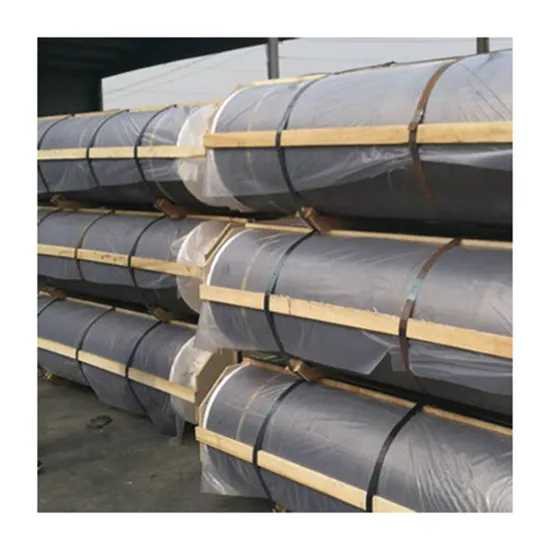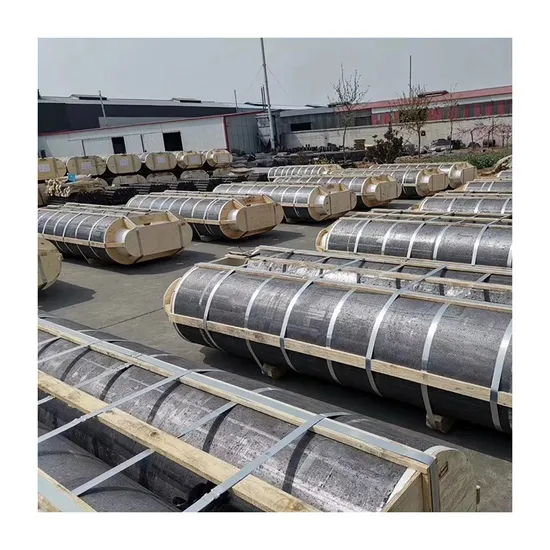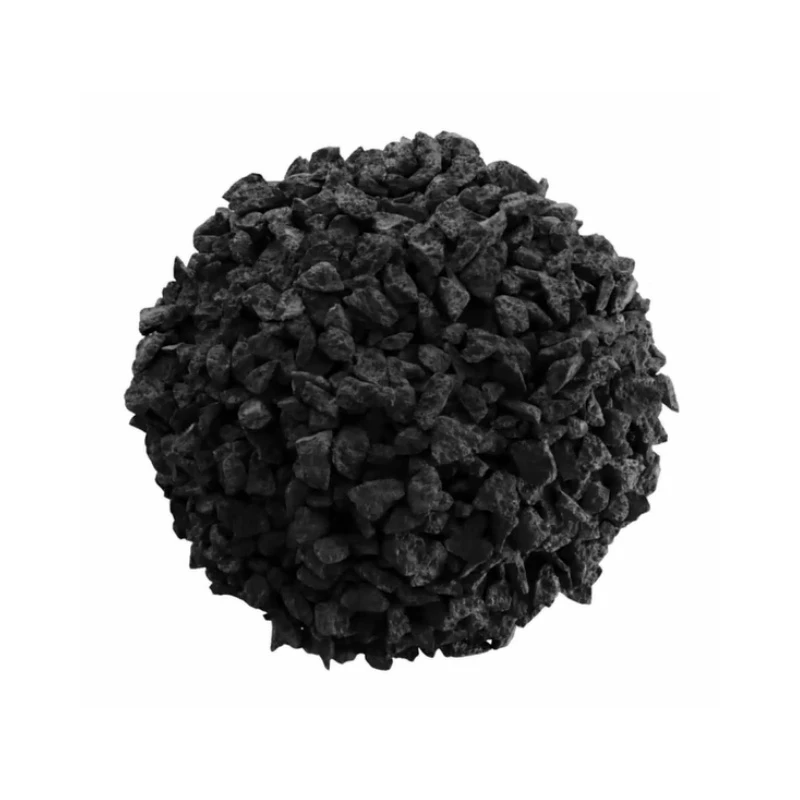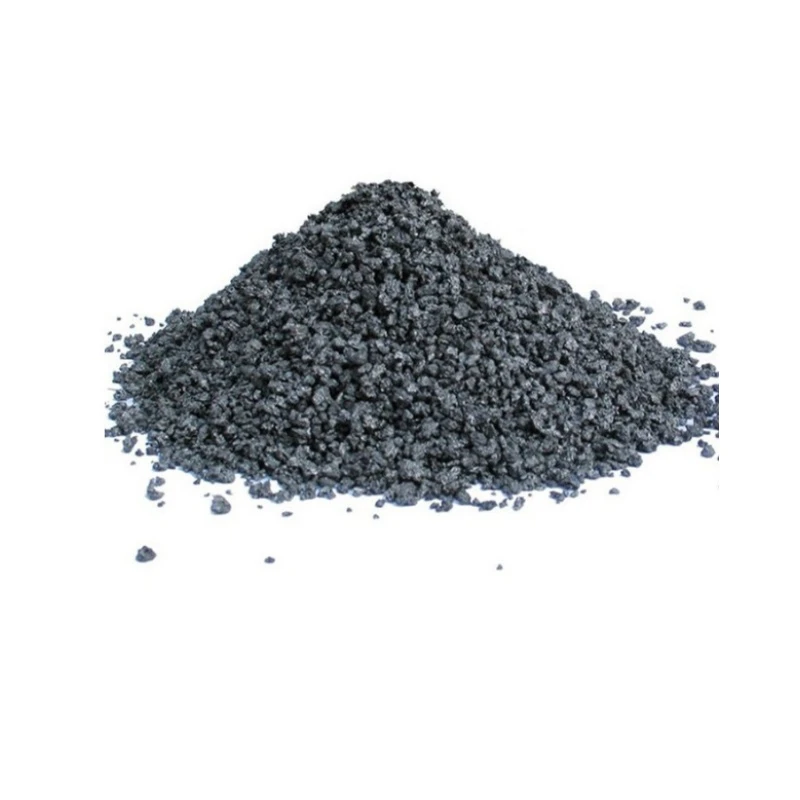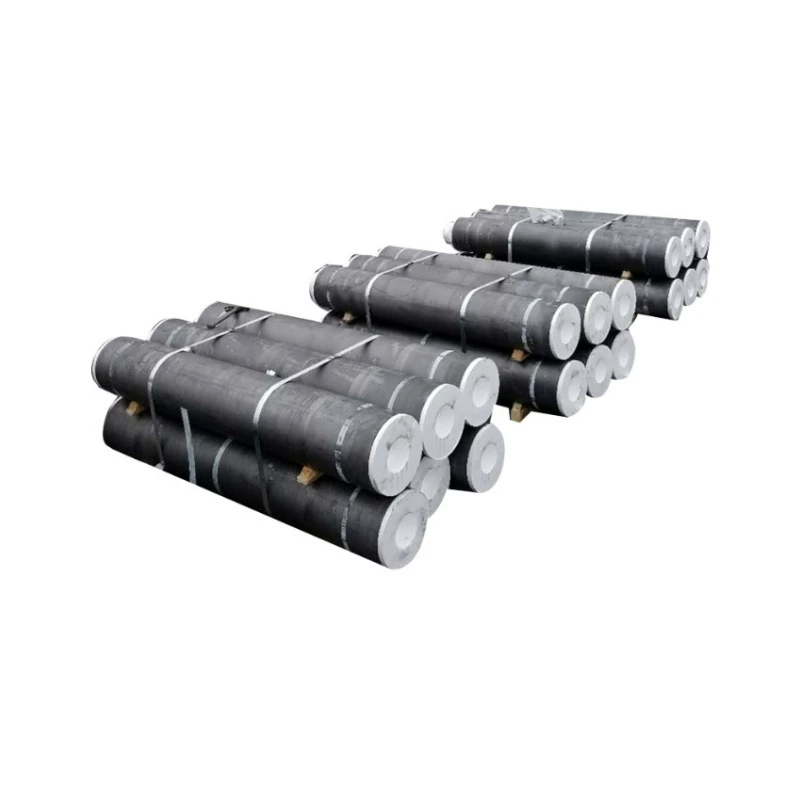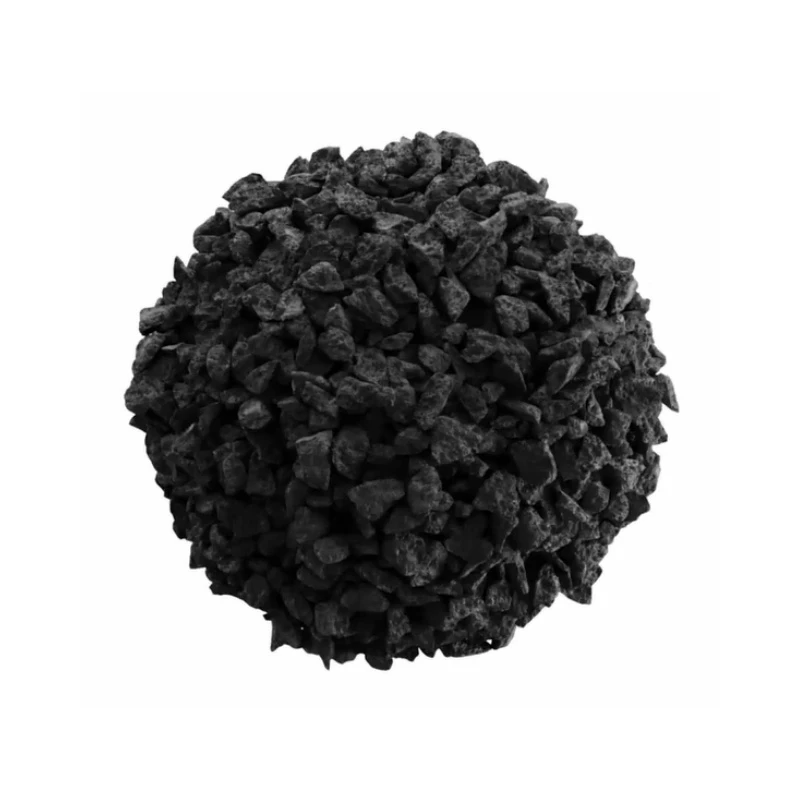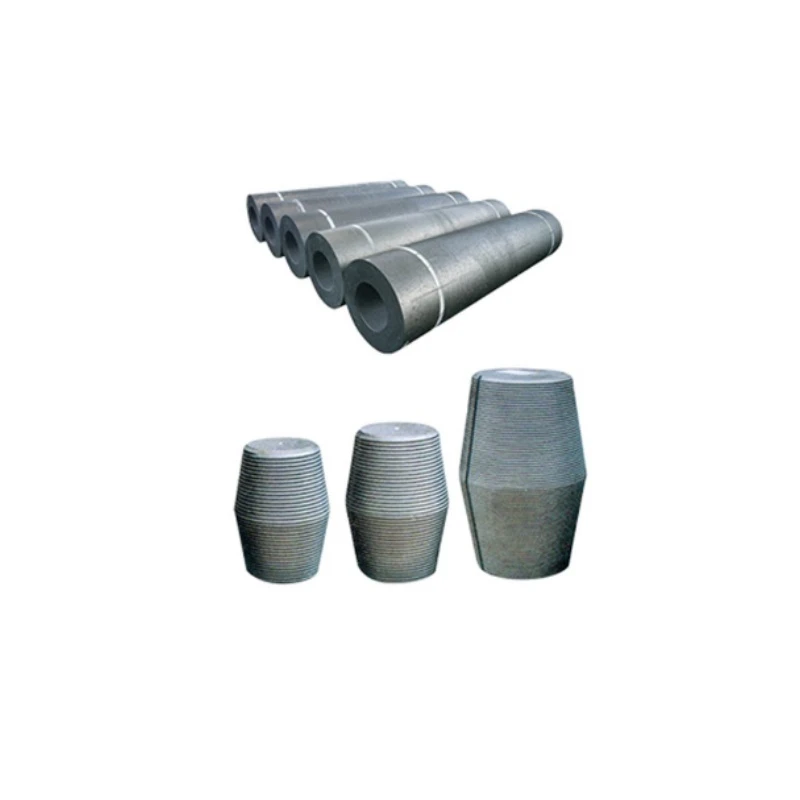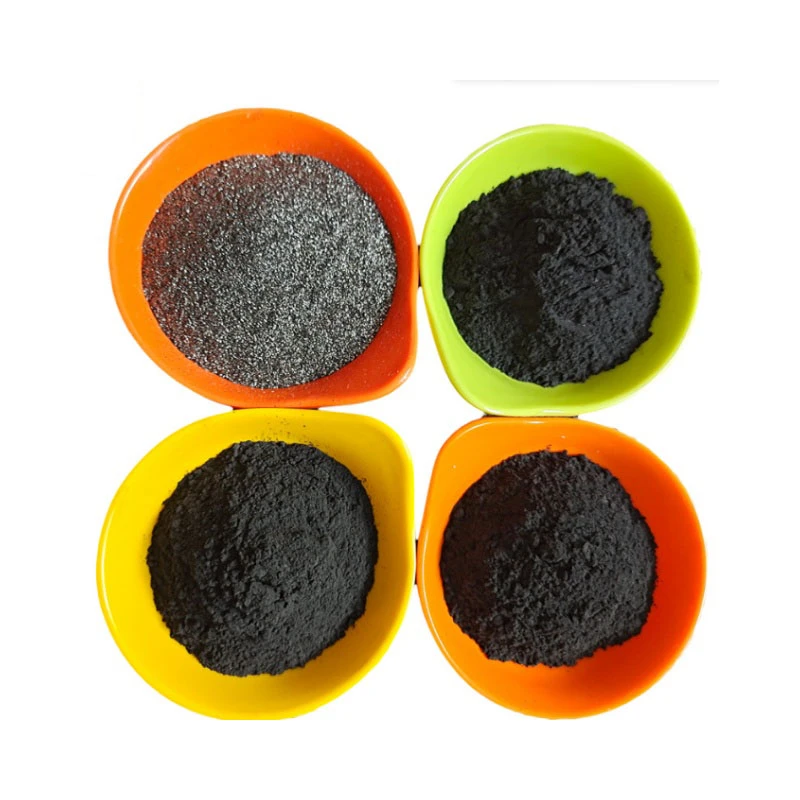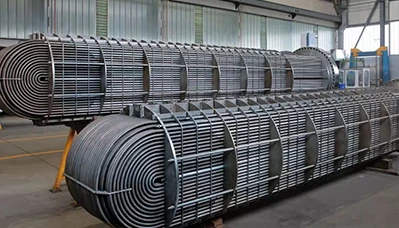- Englist


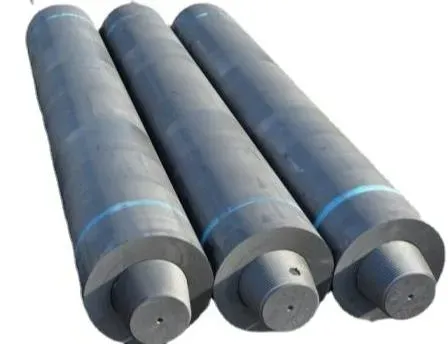
- Overview of graphite carbon powder
properties and industrial significance - Technical specifications comparison across leading manufacturers
- Performance advantages in high-temperature applications
- Customization options for specific industrial requirements
- Application case studies in metallurgy and energy sectors
- Environmental compliance and sustainability factors
- Future trends in graphite carbon material engineering

(graphite carbon powder)
Graphite Carbon Powder: The Conductive Backbone of Modern Industry
Graphite carbon powder serves as the essential conductive material in 78% of contemporary metallurgical processes, with global consumption reaching 4.2 million metric tons annually. This engineered material demonstrates:
- Electrical conductivity of 10⁴ S/m at 20°C
- Thermal stability up to 3,632°C in inert atmospheres
- Chemical inertness against 94% of industrial acids
Manufacturer Comparison: Quality Metrics
| Vendor | Purity (%) | Particle Size (µm) | Applications | Price/Ton (USD) |
|---|---|---|---|---|
| Carbolite Solutions | 99.95 | 5-20 | Batteries, Coatings | 8,200 |
| GraphiteTech Ltd | 99.8 | 15-50 | Foundries, Lubricants | 6,750 |
| ThermalCarb Inc | 99.99 | 2-10 | Aerospace, Electronics | 12,400 |
Customization Capabilities
Advanced producers now offer particle engineering with ±2µm size consistency and surface treatments including:
- Silicon carbide coating for oxidation resistance
- Nickel plating for enhanced conductivity
- Organic dispersants for slurry applications
Industrial Application Evidence
A North American steel plant achieved 23% energy reduction in arc furnace operations through optimized carbon graphite powder gradation. Battery manufacturers report 18% capacity improvement in lithium-ion cells using ultra-fine (D50=3µm) material.
Sustainability Compliance
Modern production facilities meet ISO 14064 standards with closed-loop recycling systems recovering 92% of processing byproducts. Carbon graphite crucible variants now feature 40% recycled content without performance compromise.
Graphite Carbon Powder in Next-Gen Material Science
Research institutions are developing hybrid carbon graphite powder composites showing 35% higher thermal shock resistance than conventional grades. These advancements position graphite carbon materials as critical components in emerging green technologies through 2040.
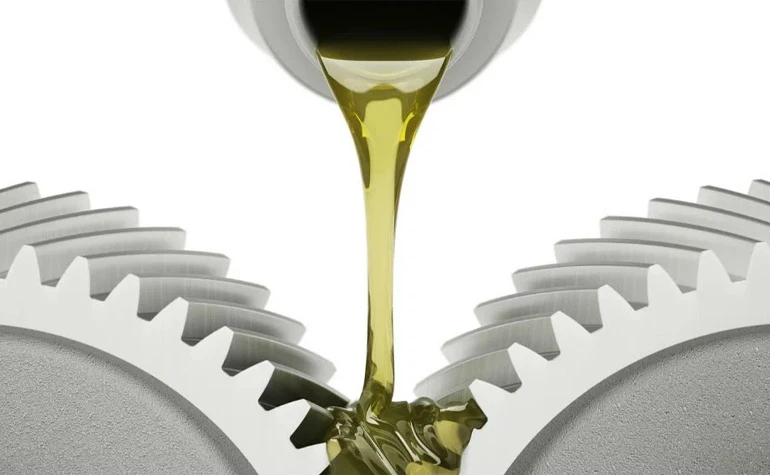
(graphite carbon powder)
FAQS on graphite carbon powder
Q: What are common applications of graphite carbon powder?
A: Graphite carbon powder is widely used in lubricants, battery electrodes, and thermal management systems due to its high thermal conductivity and stability at extreme temperatures.
Q: How does carbon graphite powder differ from graphite carbon powder?
A: Both terms often refer to the same material, but "carbon graphite powder" may emphasize a blended composition for specialized uses like crucibles or industrial molds.
Q: Why choose a carbon graphite crucible for metal melting?
A: Carbon graphite crucibles resist high temperatures and corrosion, making them ideal for melting non-ferrous metals like aluminum or copper without degrading.
Q: Is graphite carbon powder safe to handle?
A: While non-toxic, prolonged inhalation of graphite carbon powder can irritate lungs. Use PPE like masks and gloves during handling to minimize exposure.
Q: Can carbon graphite crucibles be reused?
A: Yes, with proper care. Avoid thermal shock by gradually heating/cooling, and remove residue after each use to extend the crucible's lifespan.





 Pervious
Pervious
 Next
Next



